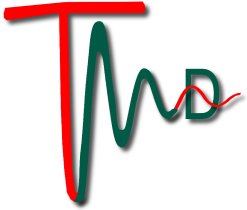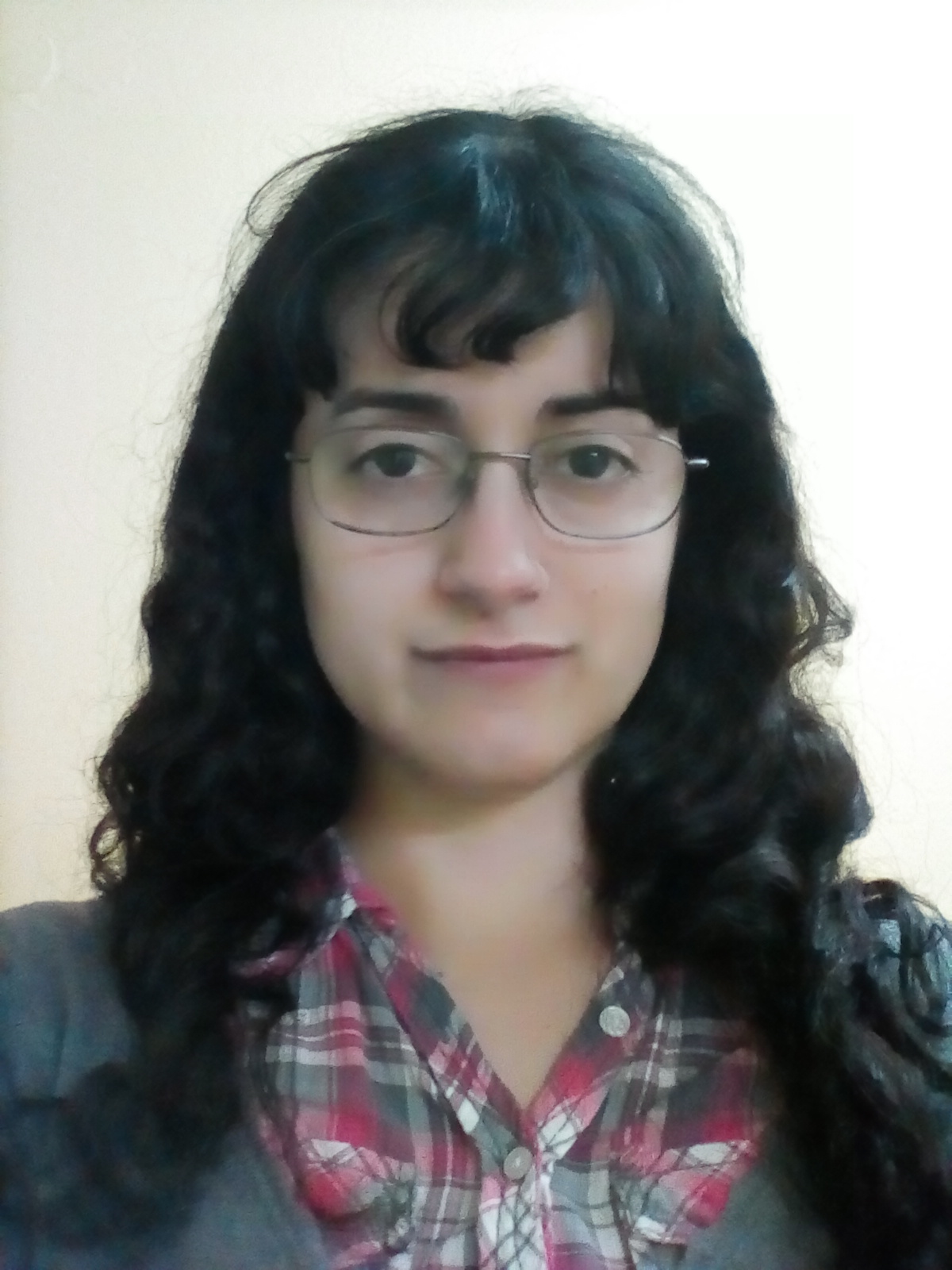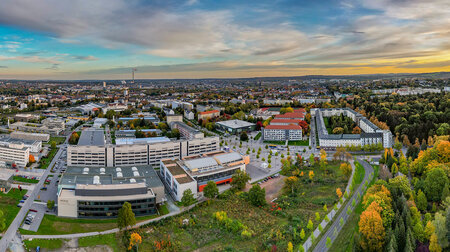 Dr.-Ing. Francesca Concas
Dr.-Ing. Francesca Concas
Wissenschaftlicher Mitarbeiter
 |
|
Lehre
- Technische Mechanik 2
- Technische Mechanik III
- Schülerangebote
- Betreuung studentischer Arbeiten
| 2004-2006: | Hochschulreife, Fachrichtung Mechanik, Technische Lehranstalt “D. Scano”, Monserrato (Italien) |
| 2006-2009: | Bachelor Maschinenbau, Universität Cagliari, Cagliari (Italien) |
| 2009-2013: | Master Maschinenbau und Bachelor in Architekturwissenschaft, Universität Cagliari, Cagliari (Italien) |
| 2013-2014: | Erasmus Studentin, Institut für Festigkeitslehre, Technische Universität Graz, Graz (Österreich) |
| 2014-2015: | Master Maschinenbau, Universität Cagliari, Cagliari (Italien) |
| 2015-2017: | Promotion, Doktorat in Industrial Engineering, Universität Cagliari, Cagliari (Italien) |
| 2017-2018: | Gastdoktorandin, Lehrstuhl für Technische Mechanik, Universität des Saarlandes, Saarbrücken |
| 2018-2019: | Gastwissenschaftlerin, Lehrstuhl für Technische Mechanik, Universität des Saarlandes, Saarbrücken |
| 2019-2020: | Wissenschaftliche Mitarbeiterin, Lehrstuhl für Technische Mechanik, Universität des Saarlandes, Saarbrücken |
| 2020-jetzt: | Wissenschaftliche Mitarbeiterin, Technische Universität Chemnitz, Chemnitz |
- Variationelle dynamische Simulation flüssigkristalliner Elastomere
Publikationen im Jahr 2025
- Concas F. and Groß M. (2025), Analysis of stripe domains in nematic LCEs by means of a dynamic numerical framework. 17th International Conference on Advanced Computational Engineering and Experimenting, Barcelona, Spain, 1-5 July 2024, Contin. Mech. and Thermodyn., 2025, DOI: 10.1007/s00161-025-01376-x.
Publikationen im Jahr 2024
- Concas F. and Groß M. (2024), Dynamic large strain formulation for nematic liquid crystal elastomers. 16th International Conference on Advanced Computational Engineering and Experimenting, Heraklion, Greece, 3-7 July 2023, Contin. Mech. and Thermodyn., 2024, DOI: 10.1007/s00161-024-01307-2.
Publikationen im Jahr 2023
- Groß M., Dietzsch J. and Concas F. (2023), A new mixed finite element formulation for reorientation in liquid crystalline elastomers. Joy of Mechanics thematic conference (JoyMech 2022), Chalmers University of Technology, Gothenburg, Schweden, 24-26 August 2022, Eur. J. Mech. A Solids 104828, 2023, DOI: 10.1016/j.euromechsol.2022.104828
- Concas F. and Groß M. (2023), Principle of virtual power and drilling degrees of freedom for dynamic modelling of the behavior of liquid crystal elastomer films. 15th International Conference on Advanced Computational Engineering and Experimenting, Florence, Italy, 3-7 July 2022, Contin. Mech. and Thermodyn., 2023, DOI: 10.1007/s00161-023-01221-z.
Publikationen im Jahr 2022
- Groß M., Dietzsch J. and Concas F. (2022), A VARIATIONAL-BASED MIXED FINITE ELEMENT FORMULATION FOR LIQUID CRYSTAL ELASTOMERS. ECCOMAS Congress 2022 - The 8th European Congress on Computational Methods in Applied Sciences and Engineering, Oslo, Norway, 5-9 June 2022, DOI: 10.23967/eccomas.2022.034.
- Groß M., Concas F. and Dietzsch J. (2022), A New Mixed FE-Formulation for Liquid Crystal Elastomer Films. 15th World Congress on Computational Mechanics (WCCM-XV), Yokohama, Japan, 31 July - 5 August 2022. In: WCCM-APCOM2022, Volume 900 Structural Mechanics, Dynamics and Engineering, 2022, DOI: 10.23967/wccm-apcom.2022.007.
Publikationen im Jahr 2019
- Concas F.,Diebels S. and Jung A. (2019), Multiaxial failure surface of PVC foams and monitoring of deformation bands by three-dimensional digital image correlation, Journal of the Mechanics and Physics of Solids, 130: 195-215, 2019. doi.org/10.1016/j.jmps.2019.06.008.
- Concas F., Diebels S. and Jung A. (2019), Multiaxial investigation of PVC foams and analysis of the deformation mechanism by 3D-DIC, Acta Polytechnica - CTU Proceedings, 25: 6-11, 2019. doi:10.14311/APP.2019.25.0006.
- Jung A., Concas F. and Diebels S. (2019), Monitoring of multiaxial failure surfaces and the evolution of deformation bands in PVCfoams using 3D digital image correlation. 8th GACM Colloquium on Computational Mechanics, University of Kassel, Germany, August 28-30, 2019. ISBN 978-3-86219-5093-9





